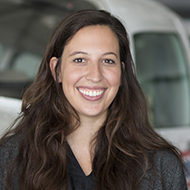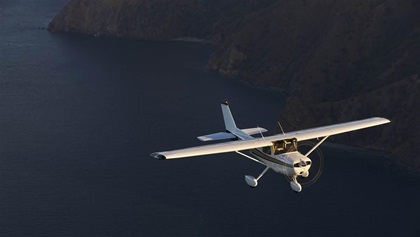Spice it up
Getting checked out in a new-to-you airplane
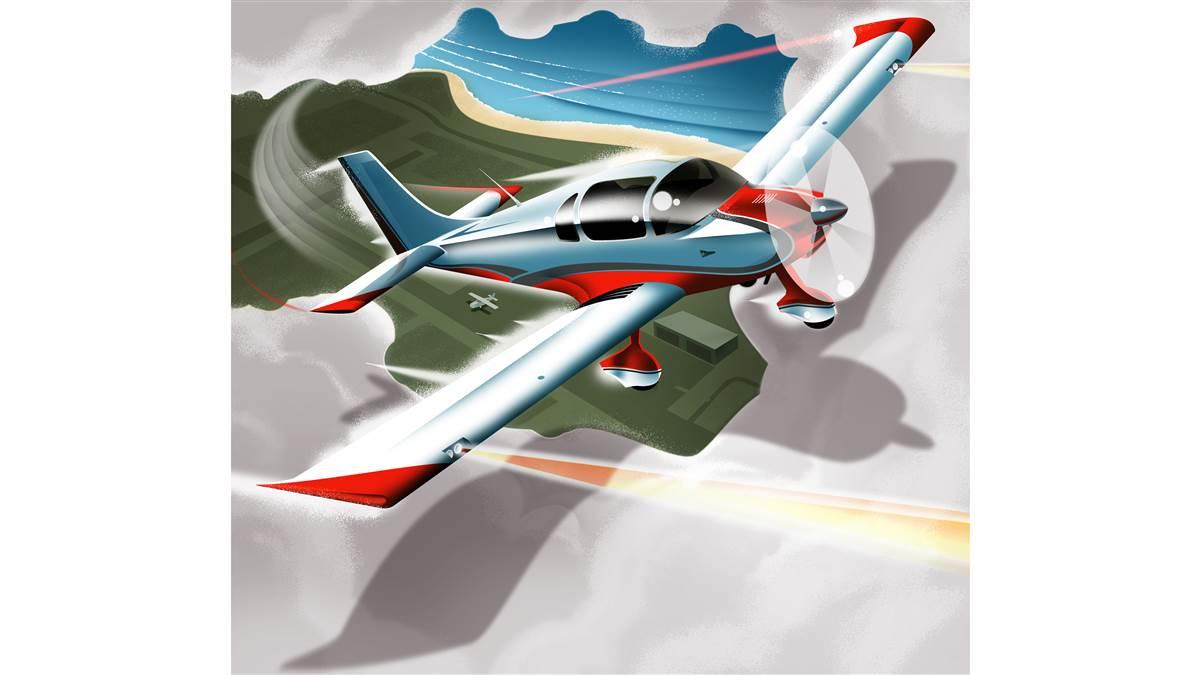
I’d been wanting to fly a Sling to branch out from the high-wing Cessnas I normally fly, and the differences between what I was used to and what I was in were already obvious—a quieter engine, different sight picture, modern avionics, and a stick instead of a yoke. And, I’m used to being in the right seat, not the left. We taxied out—the throttle quadrant also different from what I’m used to—and I was excited for the challenge of flying a new airplane.
For a wide variety of reasons, you might find yourself getting a checkout in a new-to-you airplane as well. Here are some factors to consider and what to expect on a checkout to help make the process more accessible and less intimidating.
Checkout, not checkride
A checkout typically consists of both ground school and a variable amount of flying, depending on your proficiency going into the flight (have you flown 10 hours in the past year or 100?). Whenever we’re being evaluated, it can be stressful, but remember that you can’t “fail” a checkout and that this is just another flight lesson.
That being said, going into the checkout you should have a clear expectation from the CFI of how long (and how much money) this will take. Some airplanes are similar enough that minimal training is needed to step from one to another. Consider moving from a Cessna 150 to a Cessna 172, or from a Citabria to a Super Cub. Their flight characteristics are similar, and what you learned in one will apply to the other—what is called a positive transfer of learning. As an aircraft gets more complex or different, more training will be needed to achieve proficiency. Adding in a more powerful engine, retractable gear, or different avionics will increase the time and cost needed for a checkout—sometimes racking up into the thousands of dollars for someone moving from a Cessna 152 into a high-performance aircraft like a Cirrus SR20.Learning to fly a new-to-you airplane will brush off the dust of book learning, improve your stick-and-rudder skills, and give you a new reason to fly.
Don’t underestimate a ‘step down’
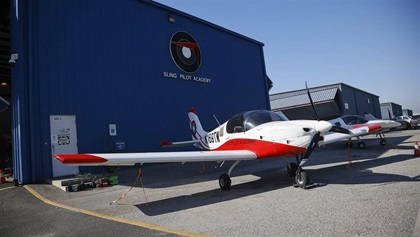 Your goal with a new airplane might be to go higher, farther, faster. That’s one of the reasons I wanted to fly the Sling—it’s quicker and has a glass panel and autopilot. Maybe, though, you want to fly something simpler, lighter, and slower, either to build time, save money, or just for fun. While a step “down” might not seem as serious as a step up, it still requires vigilance, time, and commitment to learning the aircraft. The lighter controls, lower wind limits, and different weight and balance capabilities will all take adjusting to. I most often fly a Cessna 172, but when I’m flying solo, I like to fly a Cessna 152 to save myself about $50 per hour. I rarely take passengers, and look for cooler, less gusty weather, but on the right day the 152 is the perfect airplane for my needs.
Your goal with a new airplane might be to go higher, farther, faster. That’s one of the reasons I wanted to fly the Sling—it’s quicker and has a glass panel and autopilot. Maybe, though, you want to fly something simpler, lighter, and slower, either to build time, save money, or just for fun. While a step “down” might not seem as serious as a step up, it still requires vigilance, time, and commitment to learning the aircraft. The lighter controls, lower wind limits, and different weight and balance capabilities will all take adjusting to. I most often fly a Cessna 172, but when I’m flying solo, I like to fly a Cessna 152 to save myself about $50 per hour. I rarely take passengers, and look for cooler, less gusty weather, but on the right day the 152 is the perfect airplane for my needs.
Don’t forget the avionics
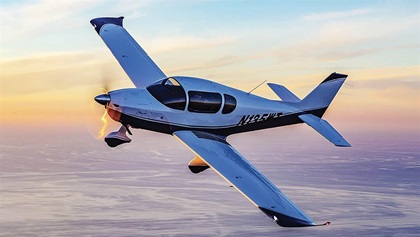 Take the time to learn the airplane and how it flies, but don’t forget the avionics. While the Sling didn’t fly too differently other than being lighter on the controls, the avionics and particularly the autopilot took some instruction to understand. Before and after the checkout, I watched some instructional videos on YouTube to make sure I felt proficient.
Take the time to learn the airplane and how it flies, but don’t forget the avionics. While the Sling didn’t fly too differently other than being lighter on the controls, the avionics and particularly the autopilot took some instruction to understand. Before and after the checkout, I watched some instructional videos on YouTube to make sure I felt proficient.
If your instructor glosses over avionics, stop him or her. Part of earning the sign-off should be learning to use every system on the airplane to proficiency, including autopilot or systems you don’t think you’ll use. For advanced avionics, online training tools and simulators can help, or you can ask the flight school to hook up ground power to improve your buttonology.
Going through the process of learning to fly a new-to-you airplane will brush off the dust of book learning, improve your stick-and-rudder skills, and give you a new reason to fly. And CFIs, this applies to you, too. We so often sit in the right seat and rarely touch the controls, especially as our students improve. So, find that airplane that you’ve always wanted to put in your logbook, and try something new. You’ll be a better aviator and instructor because of it.
